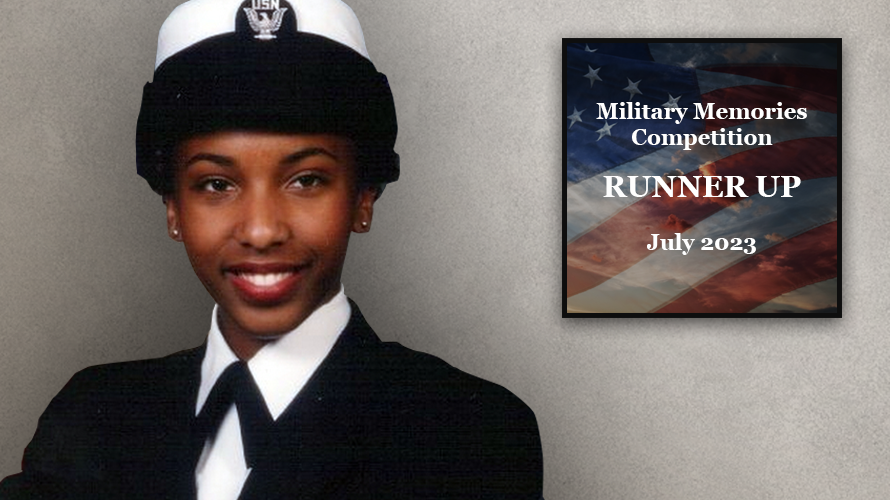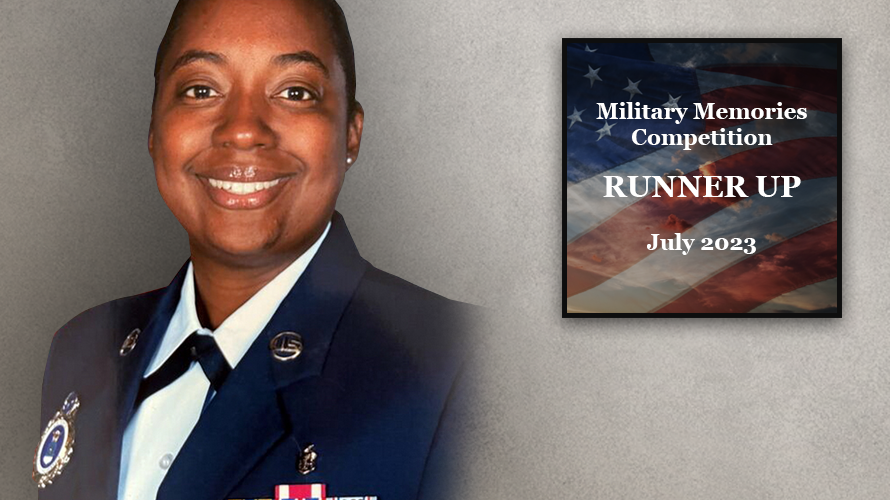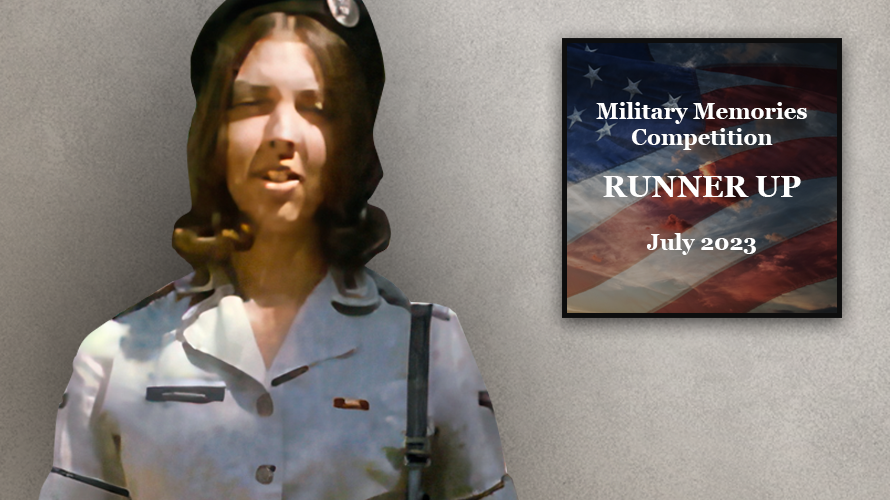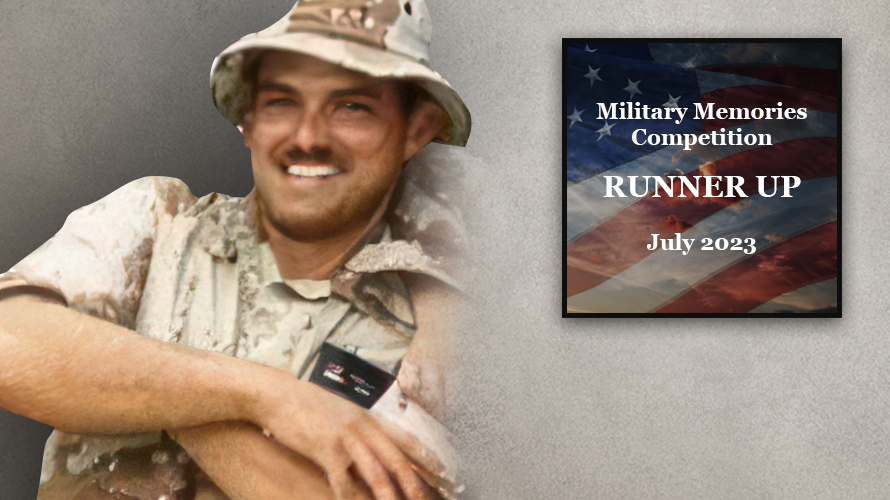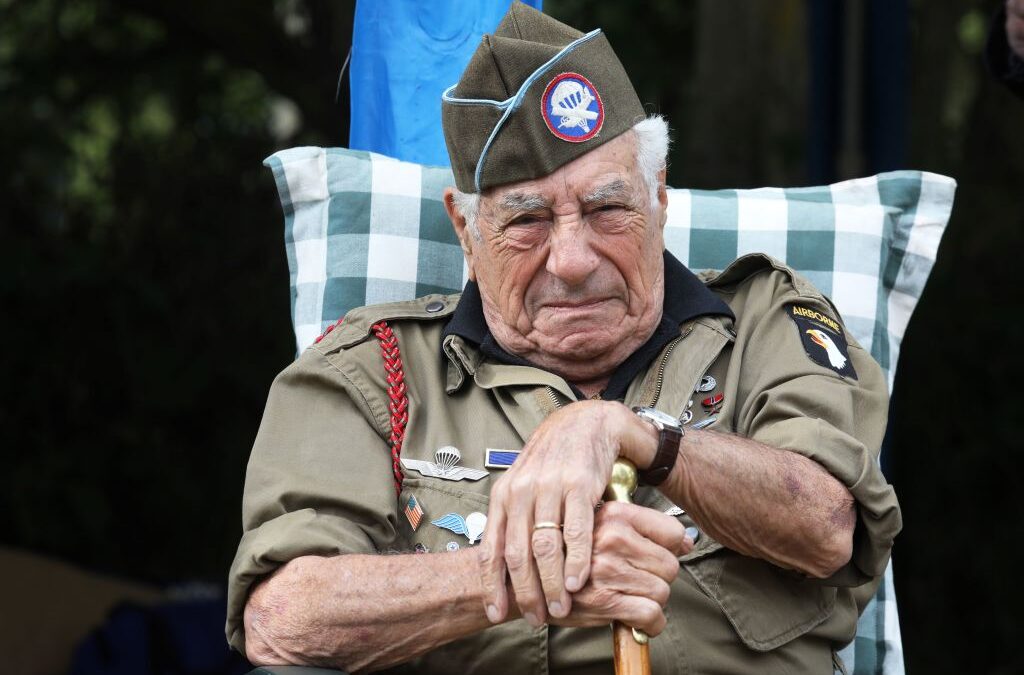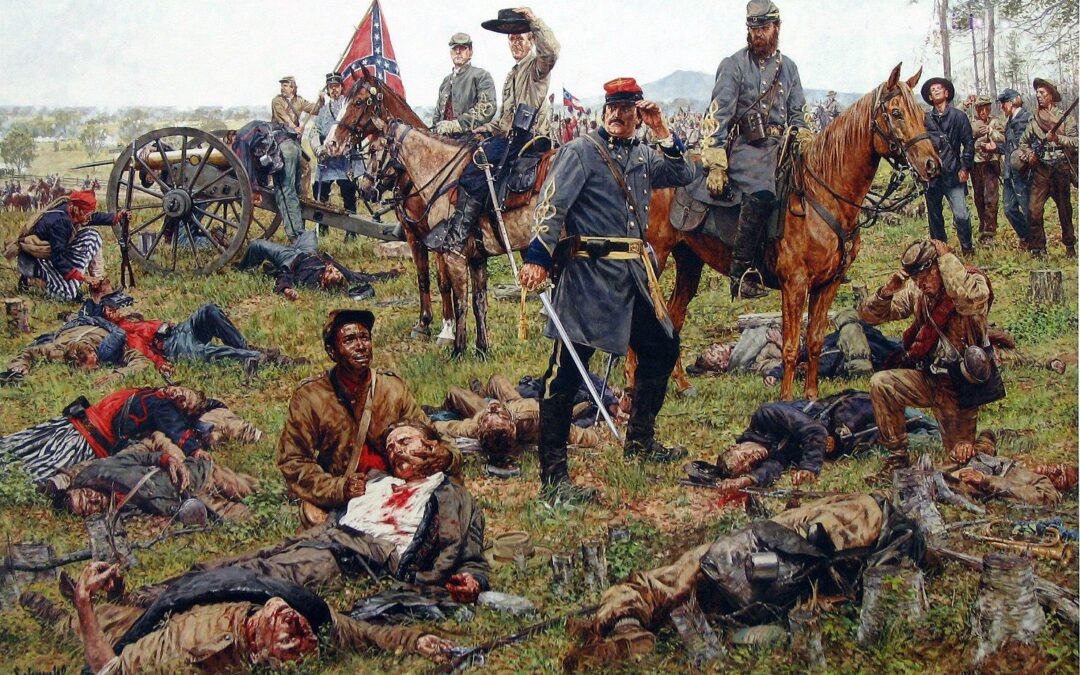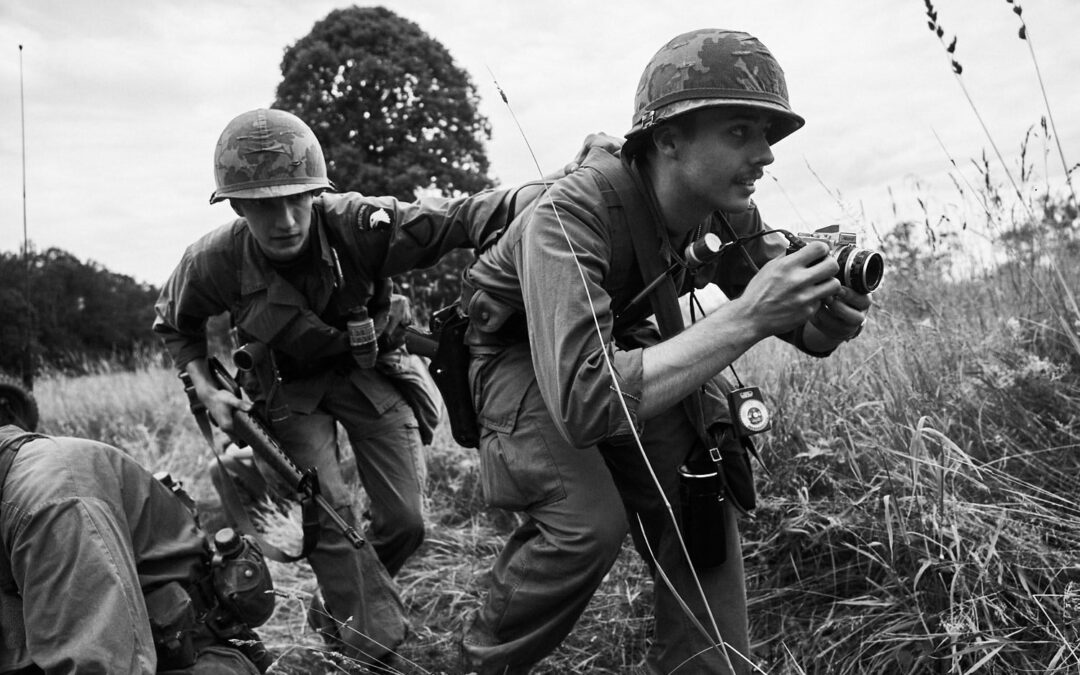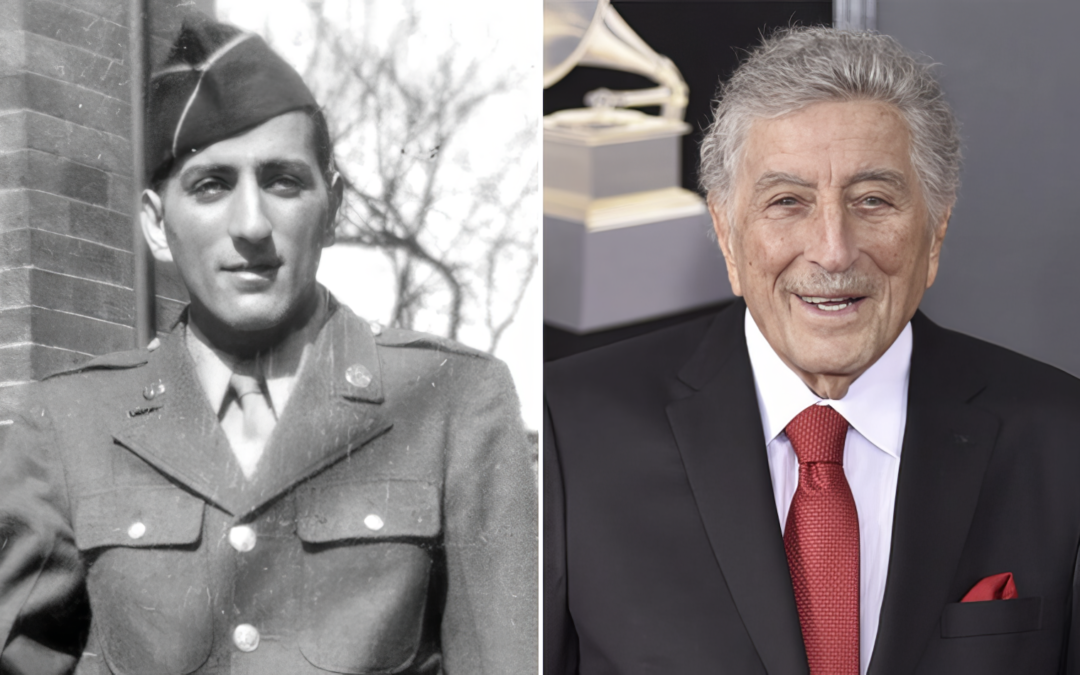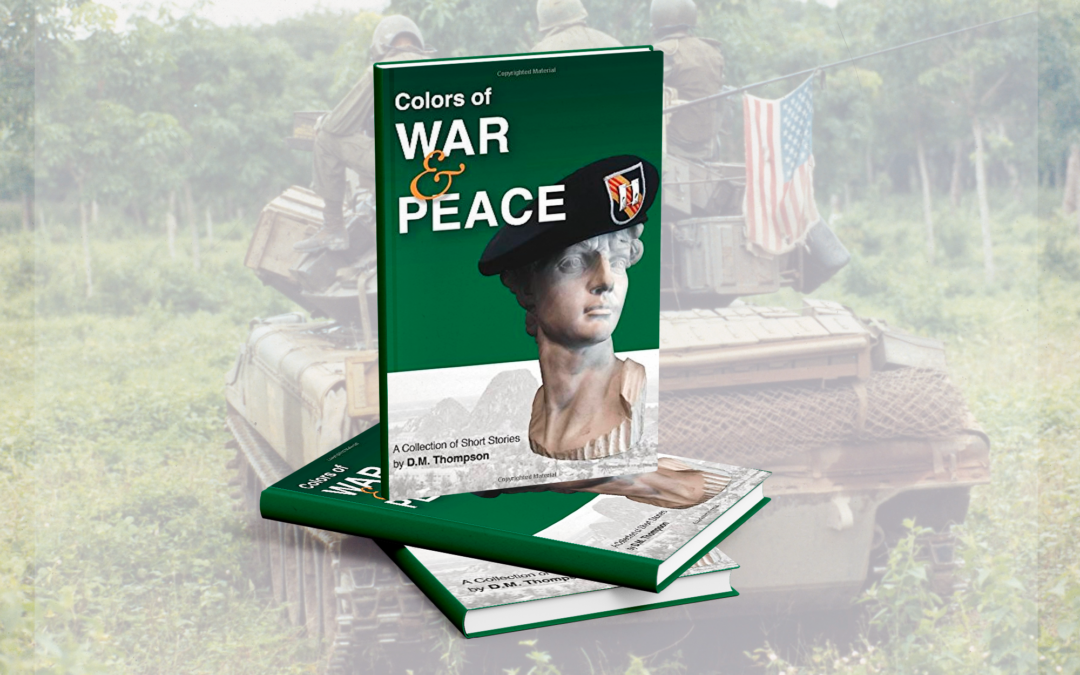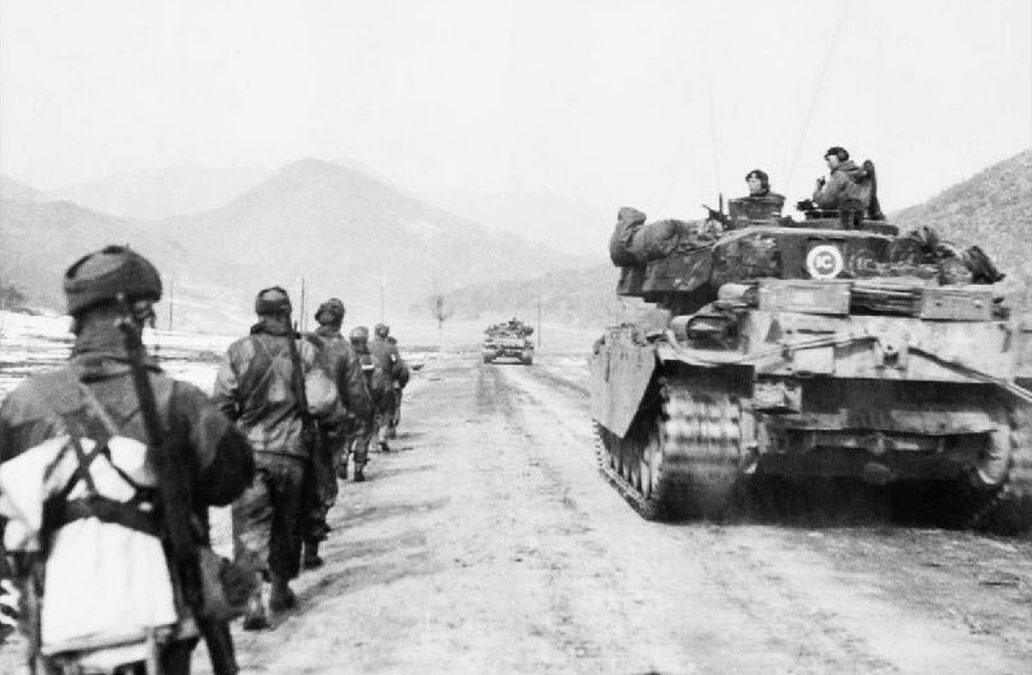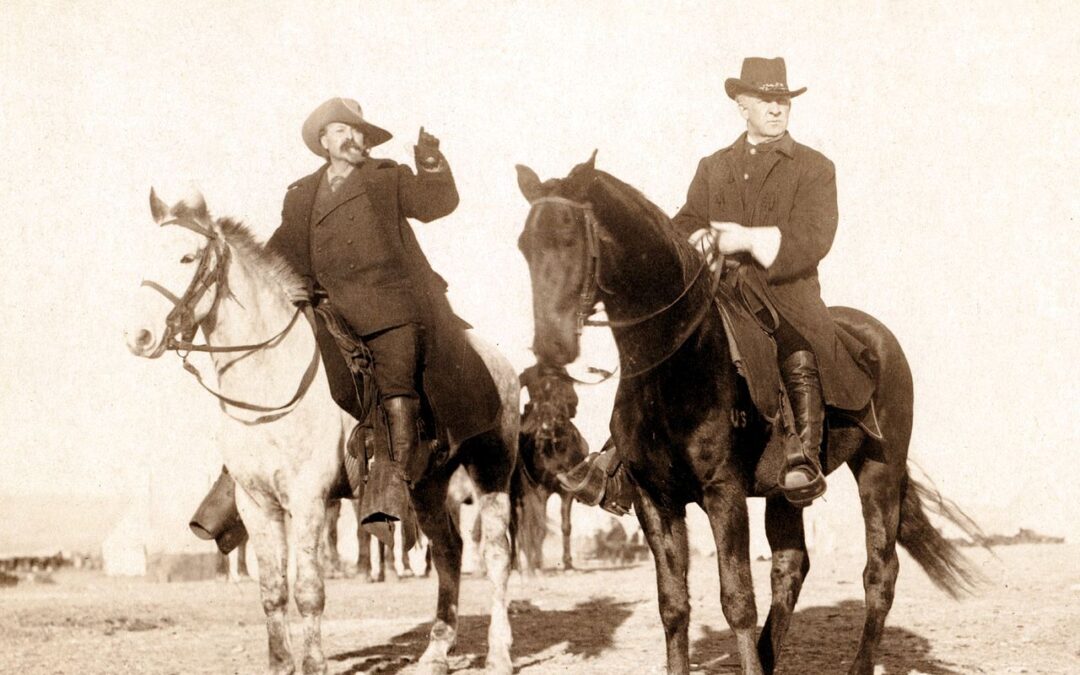In what ways has serving in the military influenced the way you have approached your subsequent life and career?:
My 14 years in the Navy afforded me travel to 22 countries and engagement with countless people from all walks of life. I was an aircraft mechanic/electrician pushed beyond fear and doubt that I could do things I’d never done before or do things that a woman is told she can’t do. This picture is from a deployment to Atsugi, Japan, in 2004, when the airplane engine stranded us on the island for 3 days. I was the most junior enlisted on an “all khaki” or E-7 and above detachment, and as the electrician, I was tasked to help the engine mechanic get the bird back in the sky. We made it happen, and I was awarded a Navy and Marine Corps Achievement medal for my contribution to getting the mission back home. That experience, and so many others during enlistment, contributed to the self-confidence I have today.
